Home>Gardening & Outdoor>Landscaping Ideas>When To Transplant Monkey Grass
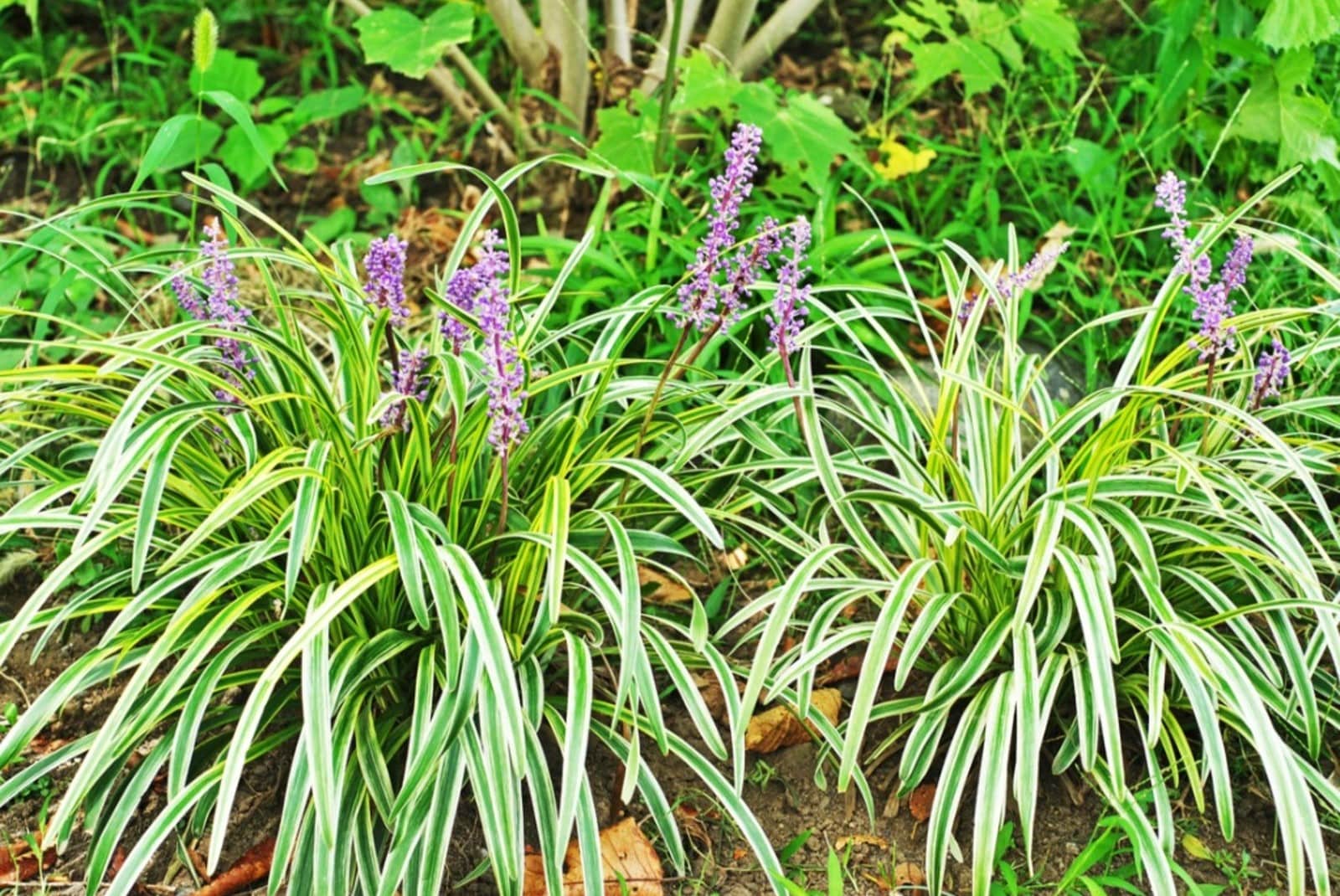

Landscaping Ideas
When To Transplant Monkey Grass
Modified: March 29, 2024
Learn when to transplant monkey grass for your landscaping ideas. Discover the best time and tips for successful transplantation. Boost your garden with our expert advice!
(Many of the links in this article redirect to a specific reviewed product. Your purchase of these products through affiliate links helps to generate commission for Storables.com, at no extra cost. Learn more)
Introduction
In the realm of landscaping, the lush and resilient monkey grass, also known as lilyturf or Liriope, is a popular choice for adding vibrant greenery to gardens, borders, and slopes. Its versatility and low-maintenance nature make it a prized asset for both novice and seasoned gardeners. However, there comes a time when this resilient plant may need a change of scenery, quite literally. Transplanting monkey grass can breathe new life into its appearance and overall health, ensuring that it continues to thrive in its new environment.
Understanding the nuances of when and how to transplant monkey grass is essential for maintaining its vigor and visual appeal. This comprehensive guide delves into the intricacies of monkey grass transplantation, offering valuable insights into the signs that indicate the need for transplantation, the optimal time to undertake this process, and the step-by-step methodology for executing a successful transplant. By the end of this journey, you will be equipped with the knowledge and confidence to elevate the vitality of your monkey grass while enhancing the aesthetic allure of your outdoor space.
Key Takeaways:
- Monkey grass, also known as lilyturf, can be transplanted when it shows signs of overcrowding, bare patches, or declining health. The best time for transplantation is during its dormant phase in early spring or fall.
- To transplant monkey grass, prepare the new location, divide the clumps, carefully extract the plant, transplant it, and provide post-transplantation care. This process ensures the plant’s seamless adaptation and thriving in its new environment.
Read more: When To Plant Monkey Grass
Understanding Monkey Grass
Monkey grass, scientifically classified as Liriope spicata, is a resilient and visually appealing perennial plant that belongs to the Asparagaceae family. Originating from East Asia, this evergreen grass-like plant has garnered widespread admiration for its adaptability and ornamental value. Its dense tufts of strappy leaves and petite, bell-shaped flowers contribute to its charm, making it a favored choice for edging, ground cover, and erosion control in landscaping projects.
One of the most alluring features of monkey grass is its ability to thrive in various environmental conditions, including shade, partial shade, and full sun. This adaptability, coupled with its low-maintenance requirements, renders it an ideal candidate for both residential and commercial landscapes. Monkey grass is renowned for its tolerance to drought, heat, and poor soil, making it an attractive option for regions with diverse climates and soil compositions.
Furthermore, monkey grass is valued for its erosion-controlling attributes, as its extensive root system helps stabilize soil on slopes and embankments. This makes it a popular choice for landscaping projects aimed at preventing soil erosion and enhancing the aesthetic appeal of sloped terrains. Additionally, its dense foliage serves as a natural weed suppressor, reducing the need for frequent maintenance and chemical weed control.
When it comes to size, monkey grass typically reaches a height of 10 to 15 inches, with a spread of 12 to 18 inches, making it an excellent ground cover option for filling in bare areas and creating visually appealing borders. Its variegated varieties, characterized by striking cream or golden-yellow striped leaves, add a touch of elegance and contrast to garden beds and pathways.
Understanding the inherent characteristics and growth patterns of monkey grass is pivotal in determining the optimal conditions for its transplantation. By gaining insights into its adaptability, growth habits, and functional benefits, gardeners can make informed decisions regarding the timing and methodology of transplanting this resilient ornamental grass.
Signs It’s Time to Transplant
Observing the behavior and appearance of monkey grass is crucial for identifying the signs that indicate the need for transplantation. While monkey grass is known for its resilience, there are specific indicators that suggest it may benefit from being transplanted to a new location. Recognizing these signs empowers gardeners to intervene proactively, ensuring the continued vitality and visual appeal of this beloved ornamental plant.
One prominent sign that it might be time to transplant monkey grass is overcrowding. As monkey grass matures, it tends to expand and form dense clumps, often outgrowing its allocated space. This overcrowding can lead to competition for essential nutrients and moisture, resulting in stunted growth and diminished vibrancy. Additionally, overcrowded monkey grass may exhibit signs of discoloration, indicating that it is struggling to thrive in its current location.
Another telltale sign that transplantation is warranted is the presence of bare patches within the monkey grass bed. Over time, environmental factors, such as changes in sunlight exposure and soil composition, can contribute to the development of bare spots within the monkey grass patch. These bare patches detract from the overall visual appeal and cohesiveness of the landscape, prompting the need for strategic transplantation to restore uniformity and lushness.
Furthermore, if the monkey grass shows signs of declining health, such as yellowing or browning of foliage, despite adequate care and maintenance, it may be an indication that the current environment is no longer conducive to its well-being. In such instances, transplanting the monkey grass to a more suitable location can provide it with a fresh start, allowing it to rejuvenate and thrive once again.
Additionally, if the monkey grass has been adversely affected by changes in the surrounding landscape, such as the encroachment of nearby plants or the development of soil compaction, it may exhibit signs of distress. These stressors can impede the plant’s growth and vitality, necessitating a strategic relocation to a more favorable setting where it can flourish unhindered.
By remaining attentive to these signs and symptoms, gardeners can intervene at the opportune moment, orchestrating a seamless transition for the monkey grass to a new and hospitable environment. This proactive approach ensures that the plant’s aesthetic and functional contributions are preserved, enriching the overall landscape with its enduring allure.
Transplant monkey grass in the early spring or fall when the weather is cooler. This will give the plants time to establish their roots before the heat of summer or the cold of winter sets in.
Best Time to Transplant Monkey Grass
Timing plays a pivotal role in ensuring the successful transplantation of monkey grass. Selecting the optimal season and weather conditions is essential for minimizing stress on the plant and facilitating its acclimatization to the new environment. Understanding the seasonal dynamics and growth patterns of monkey grass is instrumental in determining the best time to undertake the transplantation process.
Generally, the best time to transplant monkey grass is during its dormant phase, which typically occurs in early spring or fall. During these periods, the plant experiences reduced growth activity, allowing it to allocate energy towards root establishment and adaptation to the new location. By transplanting monkey grass during its dormant phase, gardeners can mitigate the risk of shock and optimize the plant’s chances of thriving in its new surroundings.
Early spring, characterized by mild temperatures and ample moisture, presents an opportune window for transplanting monkey grass. As the plant emerges from dormancy and initiates new growth, it can seamlessly transition to its new location, leveraging the favorable conditions to establish its roots and acclimate to the soil. This timing aligns with the plant’s natural growth cycle, enabling it to capitalize on the seasonal resurgence of vitality.
Likewise, the autumn season, marked by cooling temperatures and decreased sunlight, offers an ideal setting for transplanting monkey grass. As the plant gradually prepares for dormancy, it becomes receptive to relocation, harnessing the residual warmth of the soil to foster root development in its new habitat. The autumn-transplanted monkey grass can capitalize on the moisture-rich soil and mild climate to establish a robust foundation before the onset of winter.
It is important to avoid transplanting monkey grass during the peak of summer or winter, as these extreme seasons can exert undue stress on the plant, impeding its ability to adapt and thrive in the new environment. High temperatures and arid conditions prevalent in summer can strain the plant’s water uptake and transpiration, while the frost and frozen ground of winter can disrupt the delicate process of root establishment, compromising the plant’s resilience.
By aligning the transplantation process with the natural growth cycles and environmental dynamics, gardeners can optimize the success of the endeavor, ensuring that the monkey grass undergoes a seamless transition and flourishes in its new home. This strategic approach not only safeguards the plant’s well-being but also enhances the overall visual appeal and vitality of the landscape, underscoring the significance of timing in the art of monkey grass transplantation.
How to Transplant Monkey Grass
Transplanting monkey grass requires a systematic approach and careful attention to detail to ensure the plant’s seamless adaptation to its new environment. By adhering to a methodical process and incorporating best practices, gardeners can orchestrate a successful transplantation, allowing the monkey grass to thrive and embellish its surroundings with lush greenery. Here are the essential steps for transplanting monkey grass:
- Preparation: Begin by selecting the new location for the monkey grass, ensuring that it aligns with the plant’s sunlight and soil requirements. Prepare the soil in the designated area by loosening it to a depth of at least 6 inches and incorporating organic matter to enhance its fertility and drainage.
- Division: If the existing monkey grass patch is overcrowded or expansive, consider dividing the clumps to create smaller, manageable sections. Use a sharp spade or garden fork to carefully separate the clumps, ensuring that each division contains a healthy cluster of roots and foliage.
- Extraction: With the divisions identified, gently excavate the monkey grass clumps from the soil, taking care to preserve the root system and minimize damage to the foliage. Gradually work around the perimeter of the clump, loosening the roots from the soil and lifting the entire plant with its root ball intact.
- Transplanting: Upon extracting the monkey grass clumps, promptly transfer them to the prepared location, ensuring that the depth of the planting holes matches the depth of the root balls. Position the divisions at appropriate intervals, allowing ample room for their expansion and growth in the new environment.
- Backfilling and Watering: Fill the planting holes with soil, gently tamping it around the root balls to eliminate air pockets and establish firm contact between the roots and the soil. Water the transplanted monkey grass thoroughly to facilitate root establishment and mitigate transplant shock, ensuring that the soil is evenly moist but not waterlogged.
- Maintenance: Following the transplantation, monitor the newly transplanted monkey grass regularly, providing supplemental watering during dry spells and applying a balanced fertilizer to promote healthy growth. Mulching the transplanted area can help conserve moisture and insulate the roots, fostering a conducive environment for the plant’s acclimatization.
By adhering to these steps and exercising care throughout the transplantation process, gardeners can optimize the prospects of success, enabling the monkey grass to adapt seamlessly to its new home and thrive with vigor. This thoughtful approach not only enhances the plant’s well-being but also enriches the landscape with verdant beauty, underscoring the transformative impact of strategic monkey grass transplantation.
Read more: When To Transplant Ground Cover
Conclusion
Transplanting monkey grass is a transformative endeavor that rejuvenates the plant’s vitality while invigorating the landscape with lush greenery. By recognizing the signs that signify the need for transplantation and understanding the optimal timing and methodology for this process, gardeners can orchestrate a seamless transition for monkey grass, ensuring its continued resilience and aesthetic allure.
Understanding the inherent characteristics and growth patterns of monkey grass is instrumental in discerning the signs that herald the necessity for transplantation. Overcrowding, bare patches, and declining health serve as poignant indicators, prompting gardeners to intervene proactively and orchestrate a strategic relocation for the plant.
Moreover, selecting the best time to transplant monkey grass, aligning with its dormant phase in early spring or fall, is pivotal for minimizing stress and optimizing its prospects for acclimatization. By capitalizing on the favorable conditions of these seasons, the monkey grass can seamlessly transition to its new environment, leveraging the conducive climate and soil dynamics to establish a robust foundation.
The transplantation process itself demands a methodical approach, encompassing meticulous preparation, division of clumps, careful extraction, strategic transplanting, and diligent post-transplantation care. By adhering to these steps and exercising care throughout the process, gardeners can nurture the monkey grass towards a thriving future in its new habitat.
Ultimately, the art of monkey grass transplantation embodies a harmonious blend of horticultural expertise, environmental mindfulness, and aesthetic vision. It encapsulates the profound impact of strategic intervention, breathing new life into the resilient plant while enriching the landscape with verdant elegance. As gardeners embark on this transformative journey, they partake in a narrative of renewal and rejuvenation, fostering a vibrant tapestry of natural beauty within their outdoor sanctuaries.
Embracing the nuances of monkey grass transplantation is a testament to the enduring synergy between human stewardship and the botanical realm, reaffirming the timeless allure of nature’s intricate tapestry. Through this collaborative dance of care and cultivation, the monkey grass flourishes as a testament to the transformative power of strategic transplantation, inspiring awe and admiration within the landscape it graces.
Frequently Asked Questions about When To Transplant Monkey Grass
Was this page helpful?
At Storables.com, we guarantee accurate and reliable information. Our content, validated by Expert Board Contributors, is crafted following stringent Editorial Policies. We're committed to providing you with well-researched, expert-backed insights for all your informational needs.
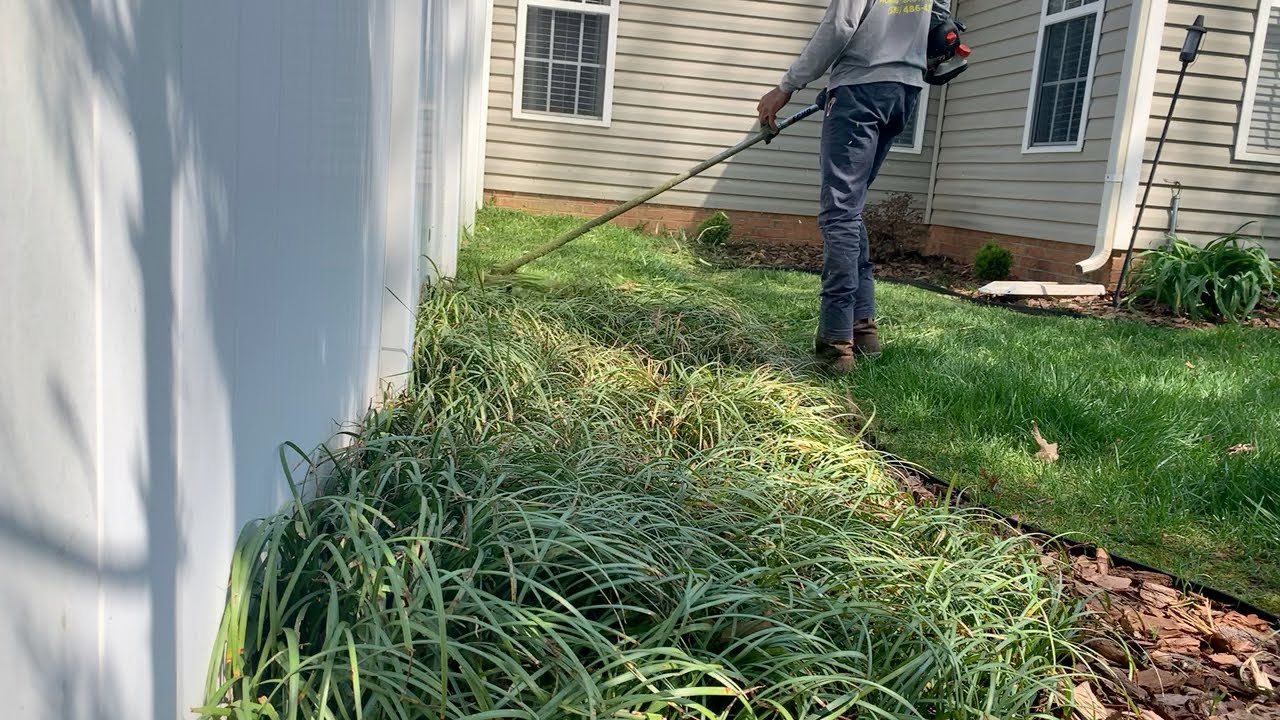
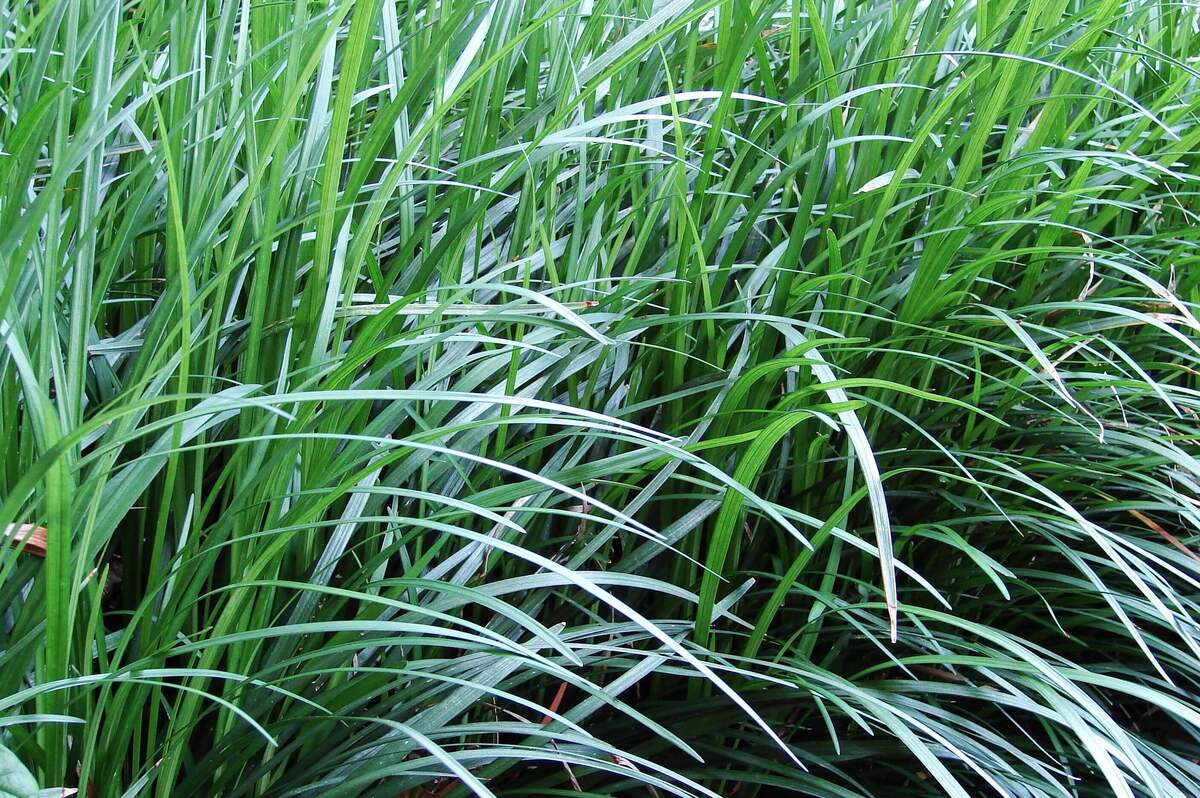
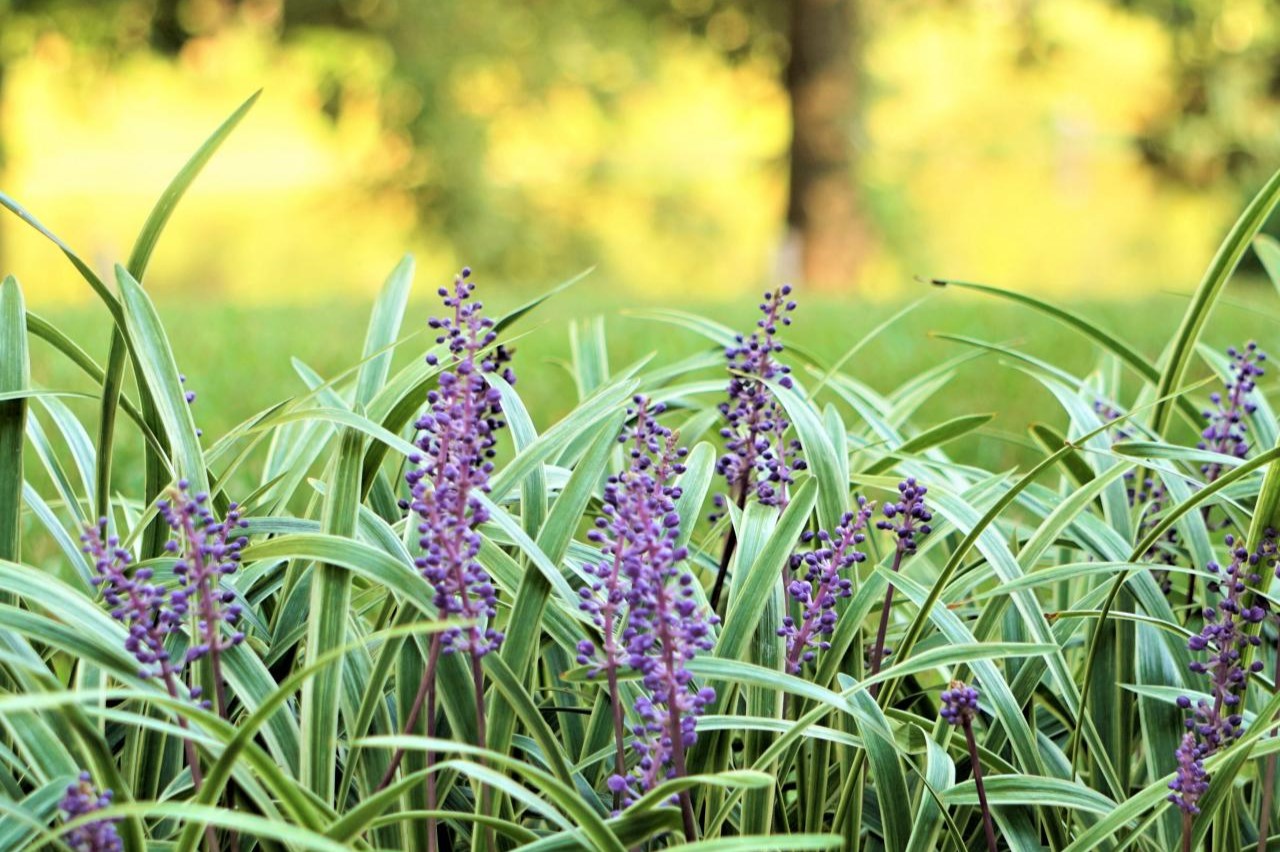
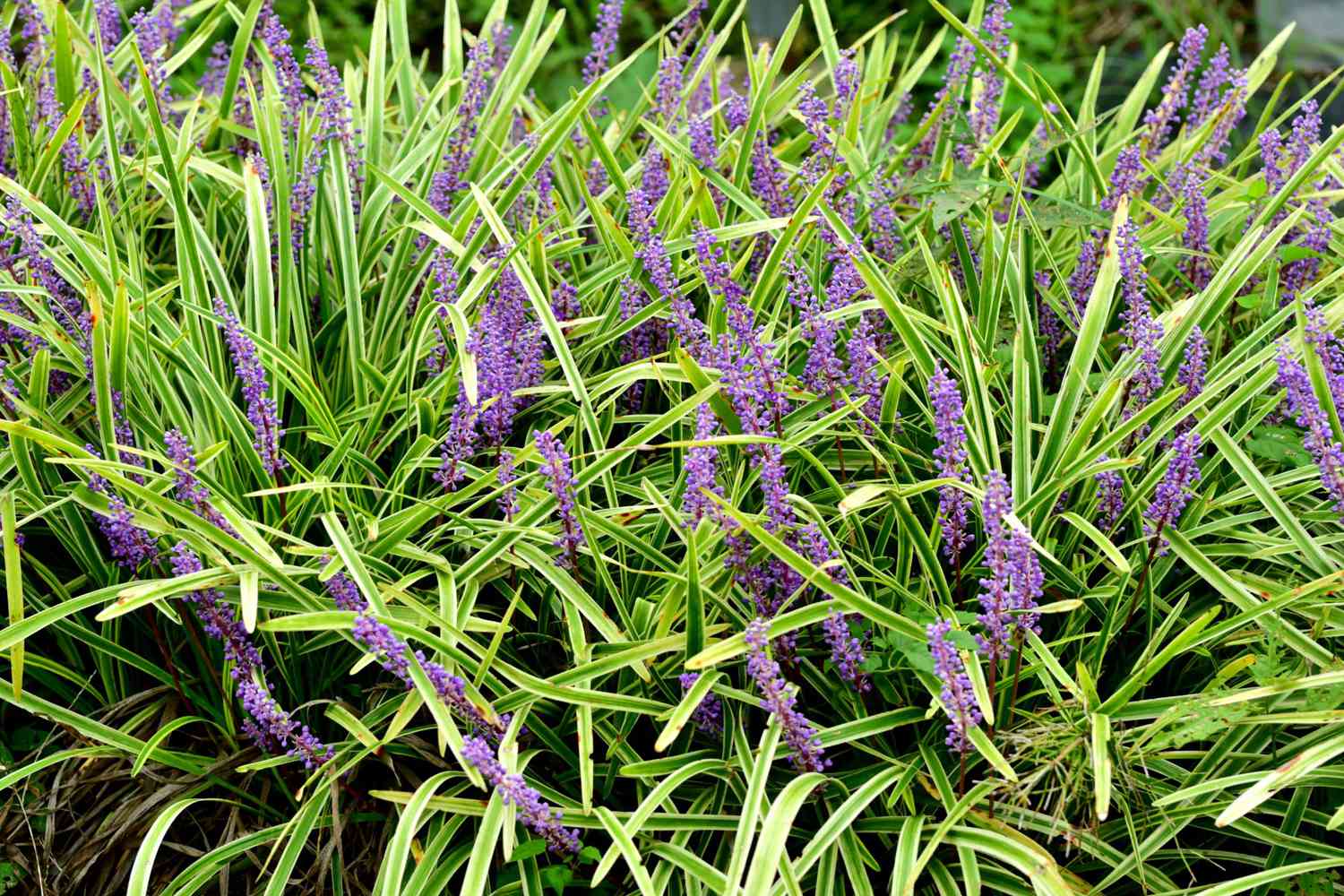
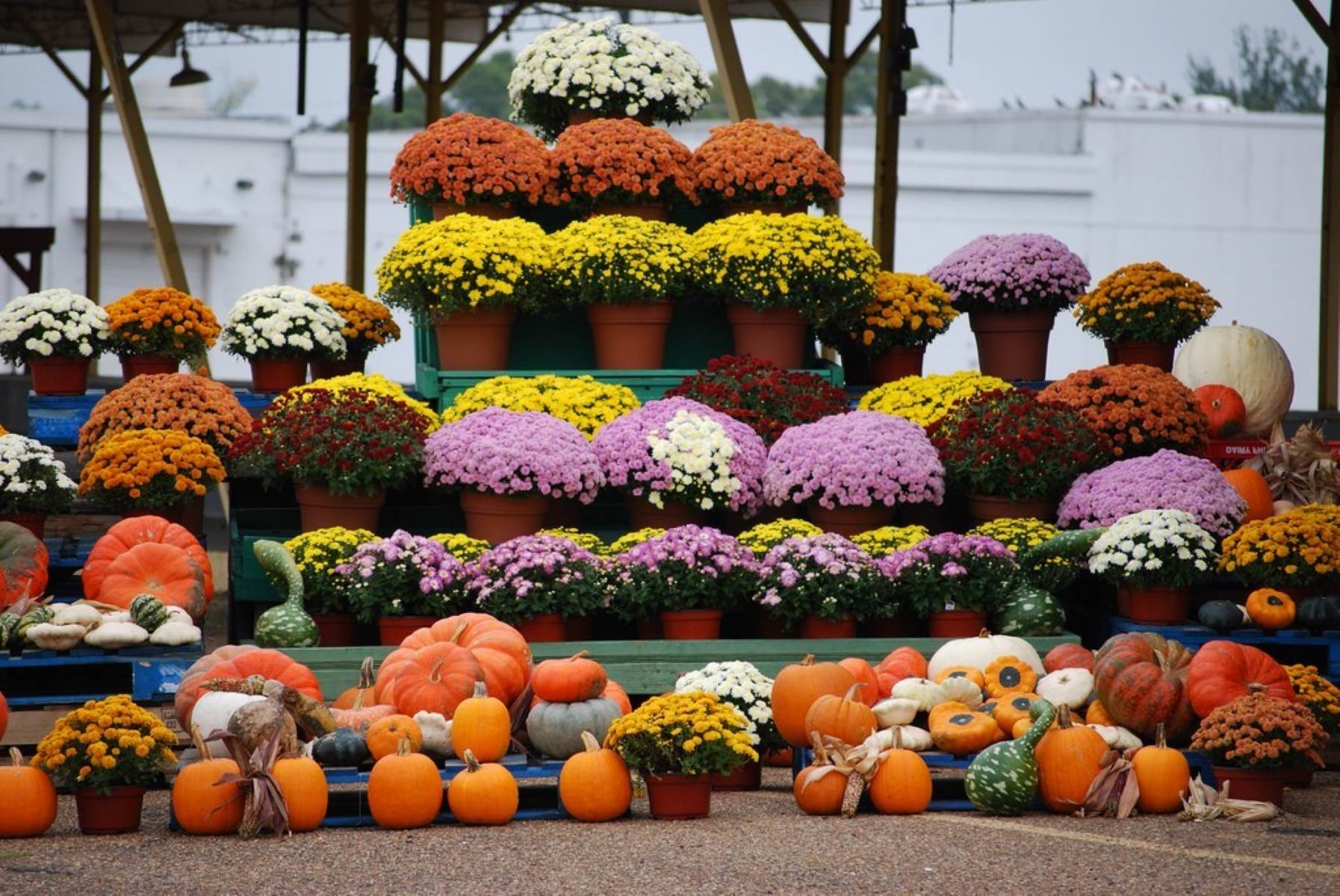
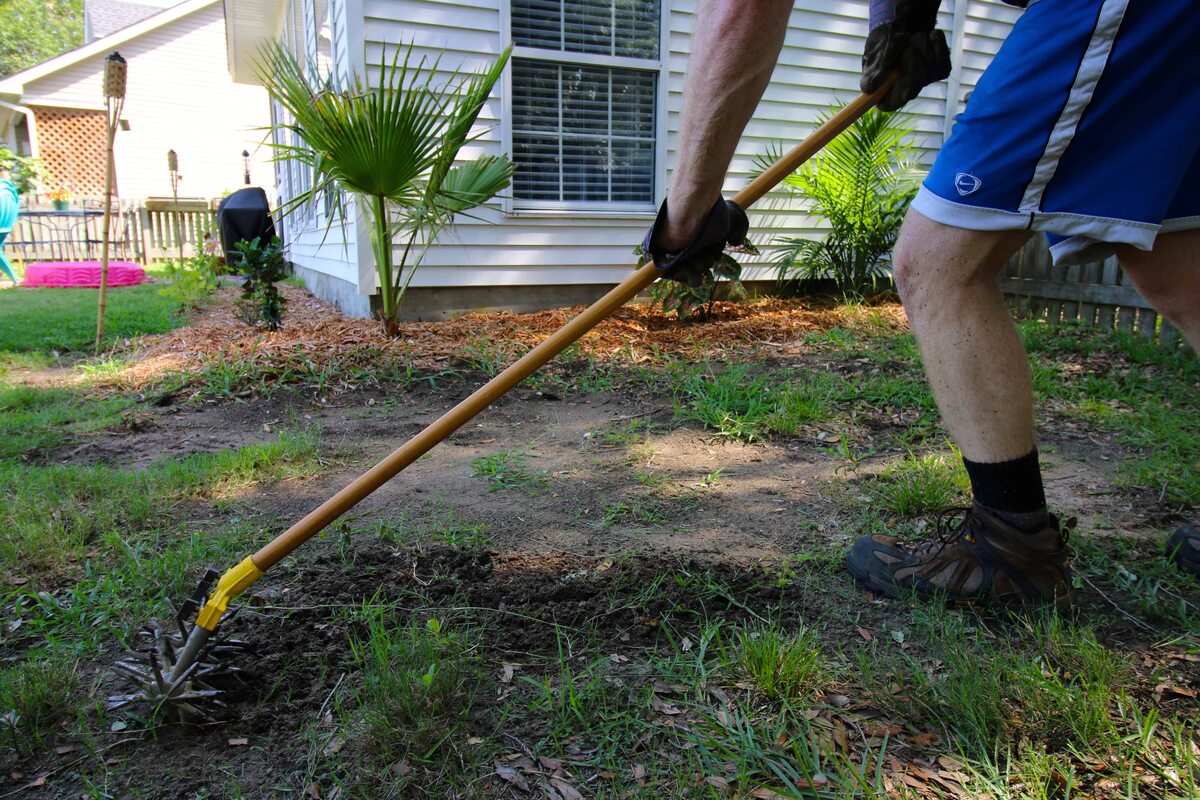
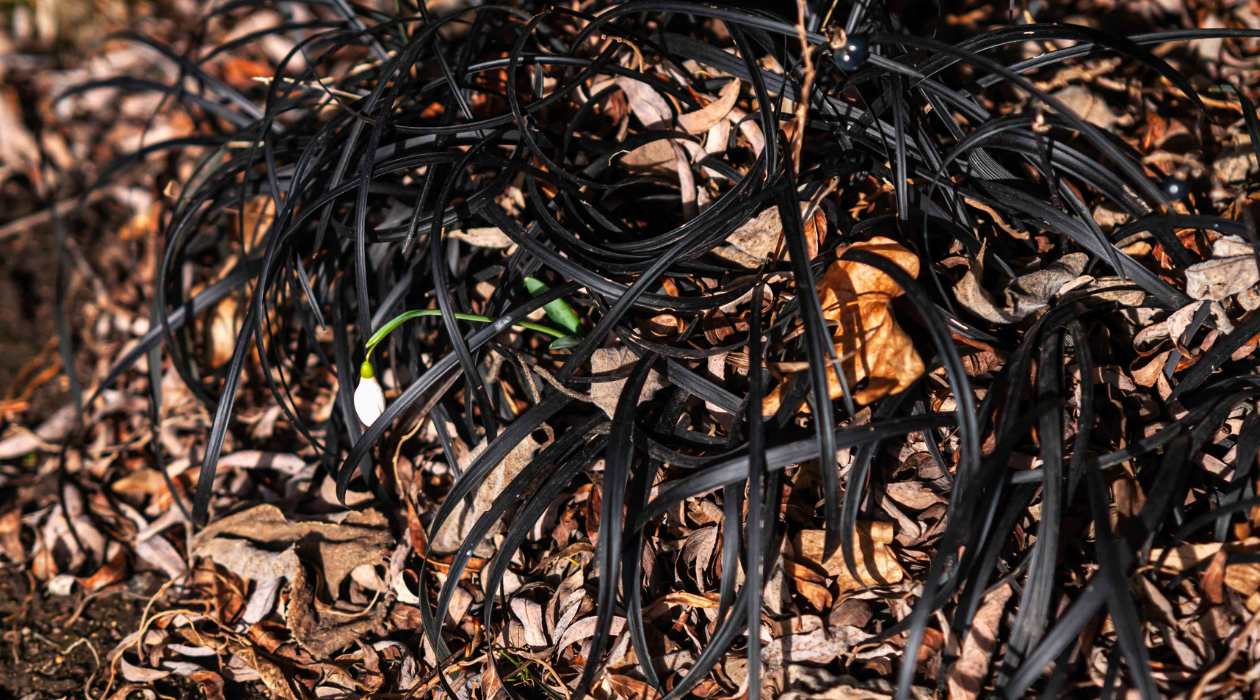
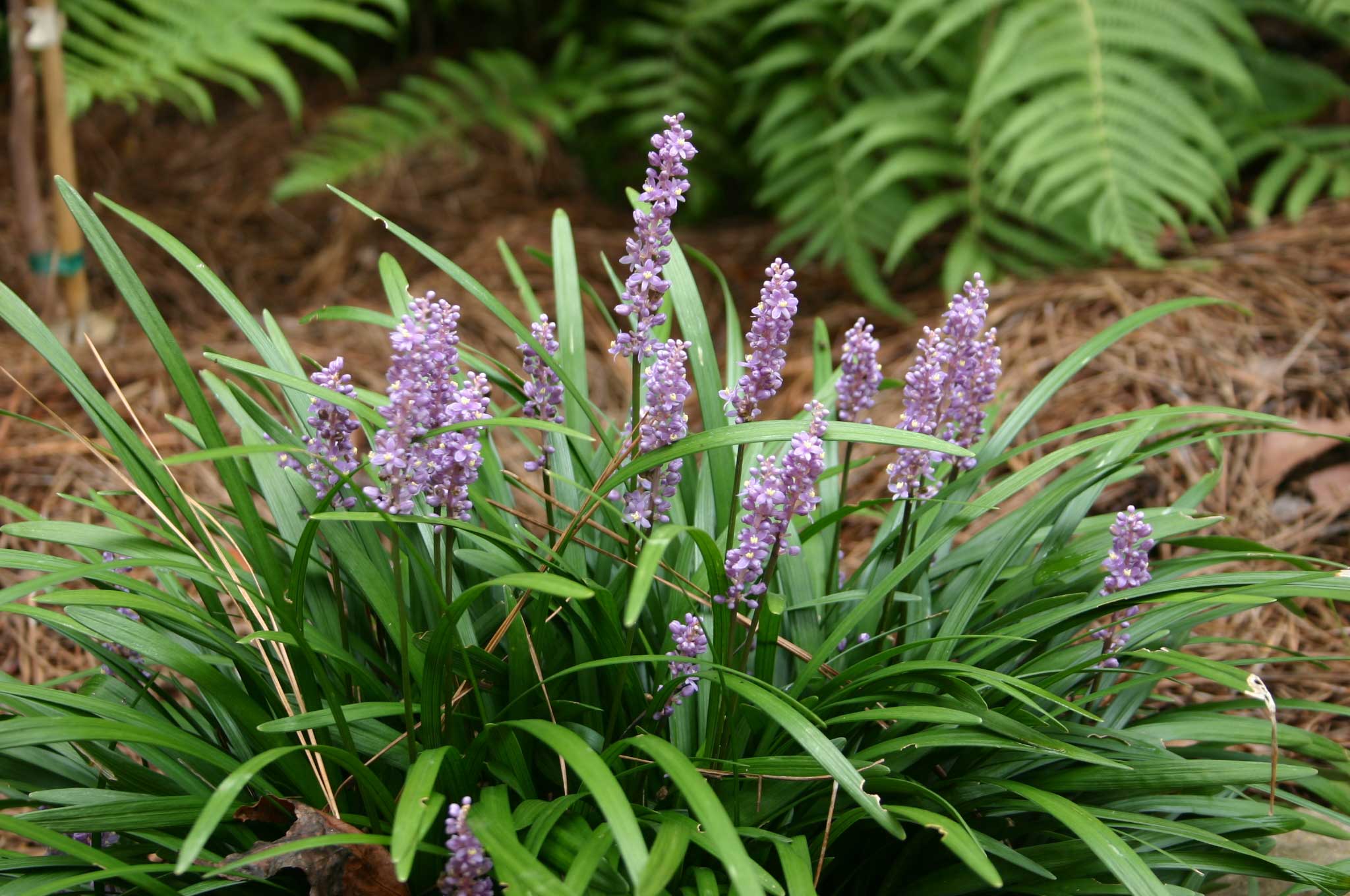
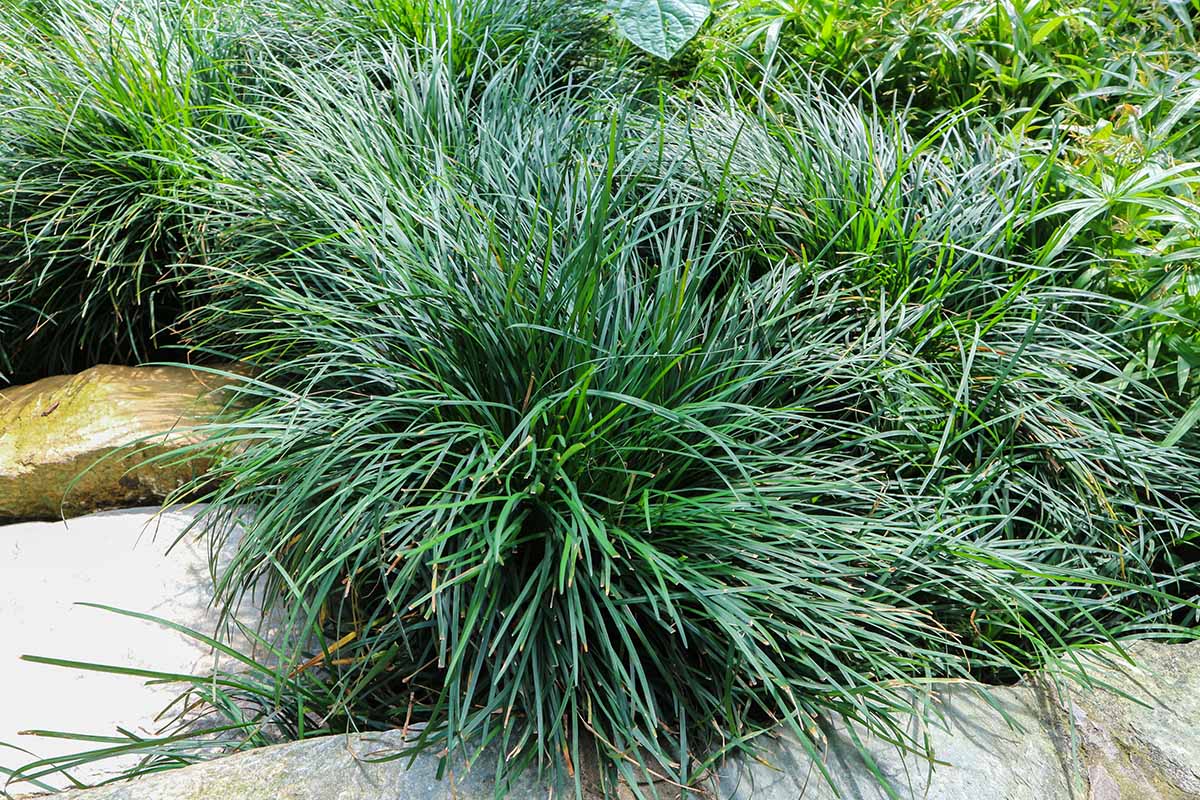
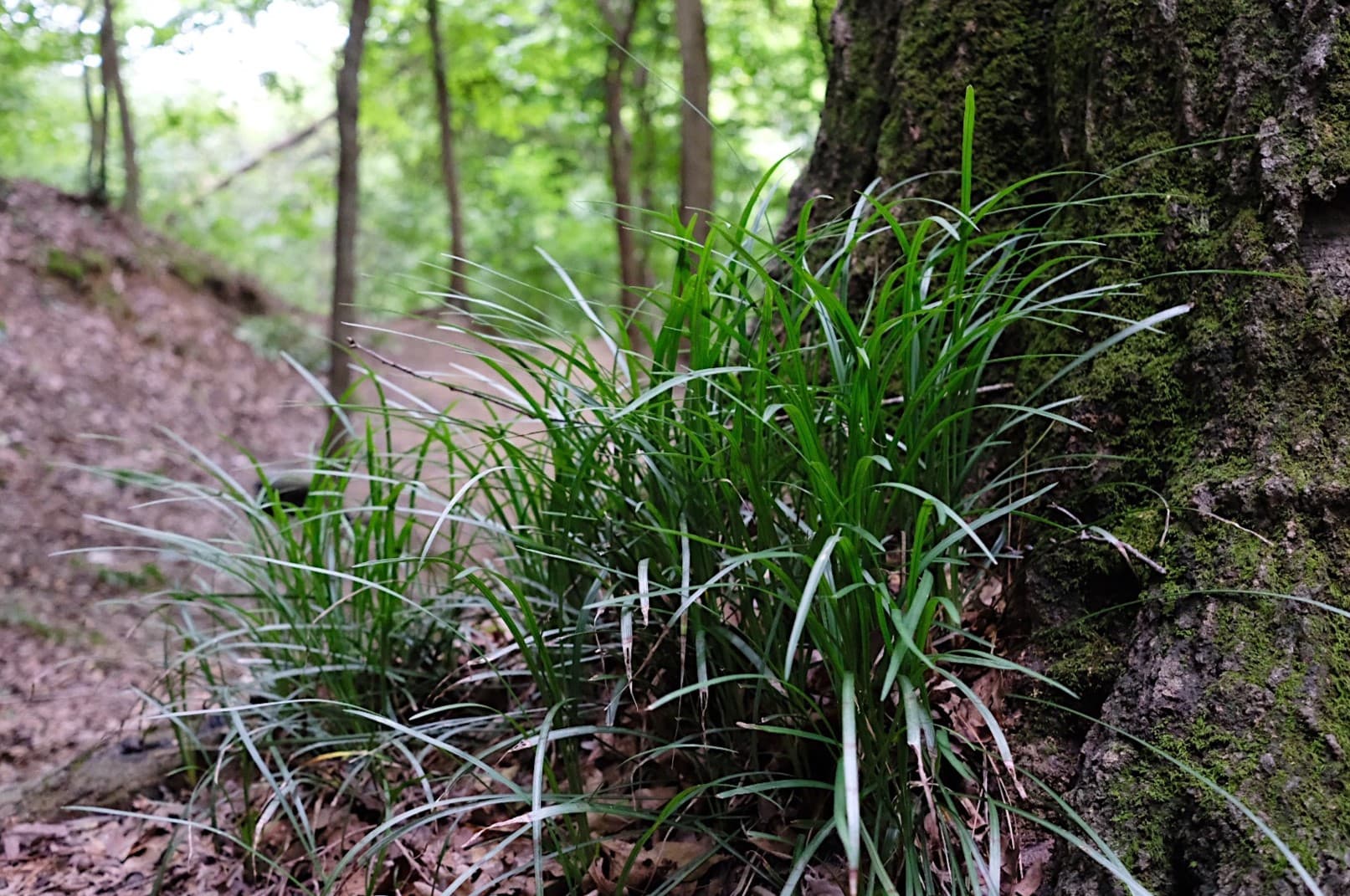

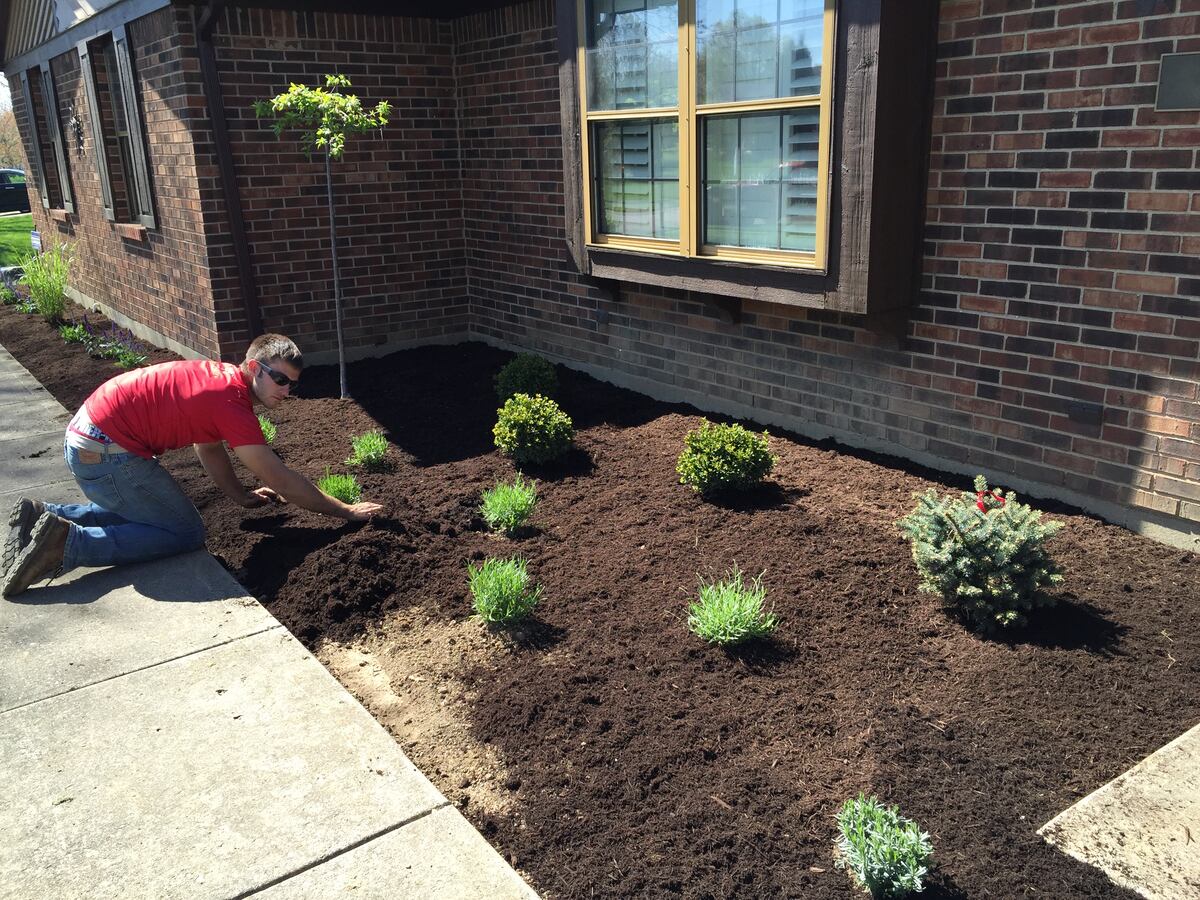
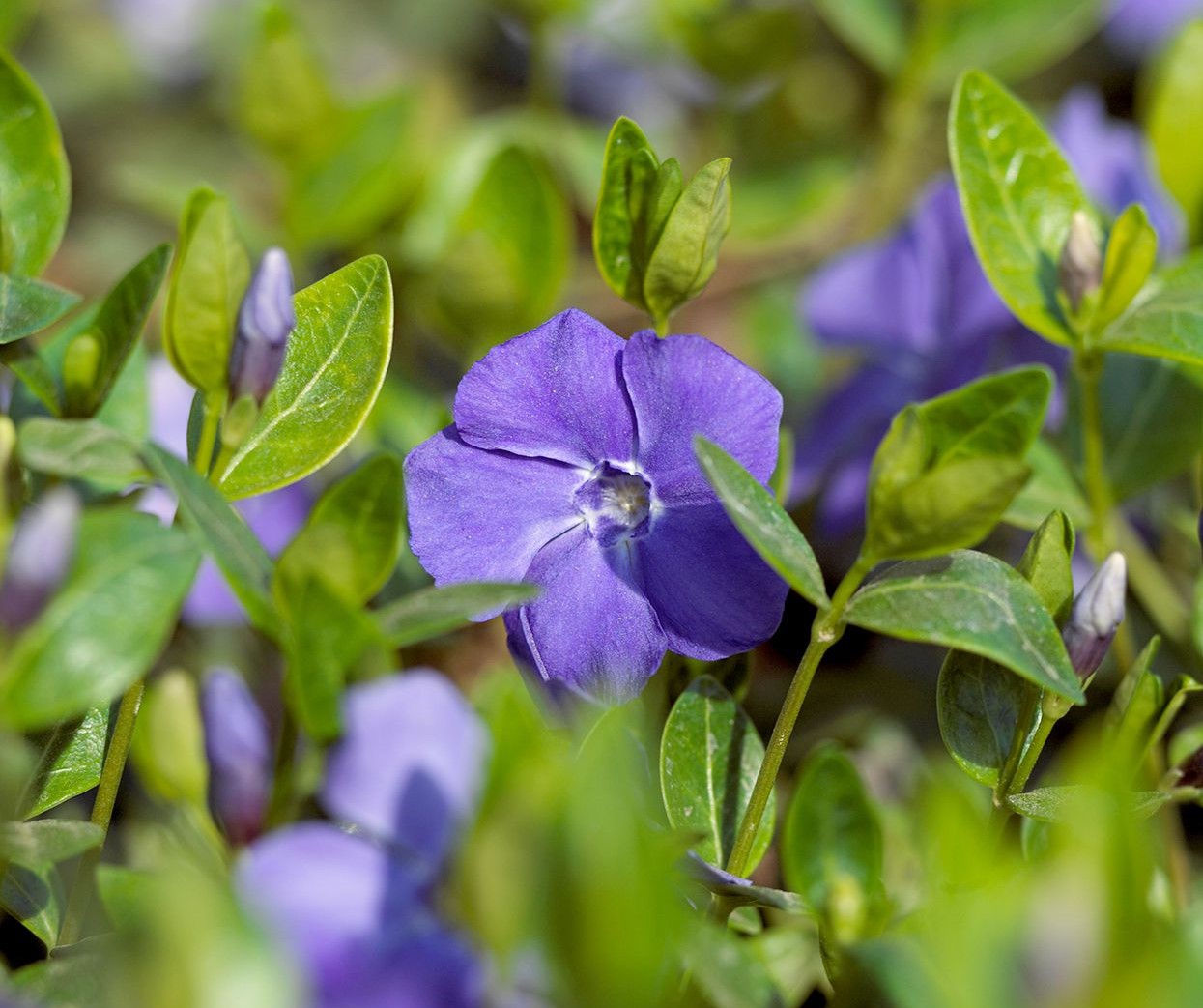
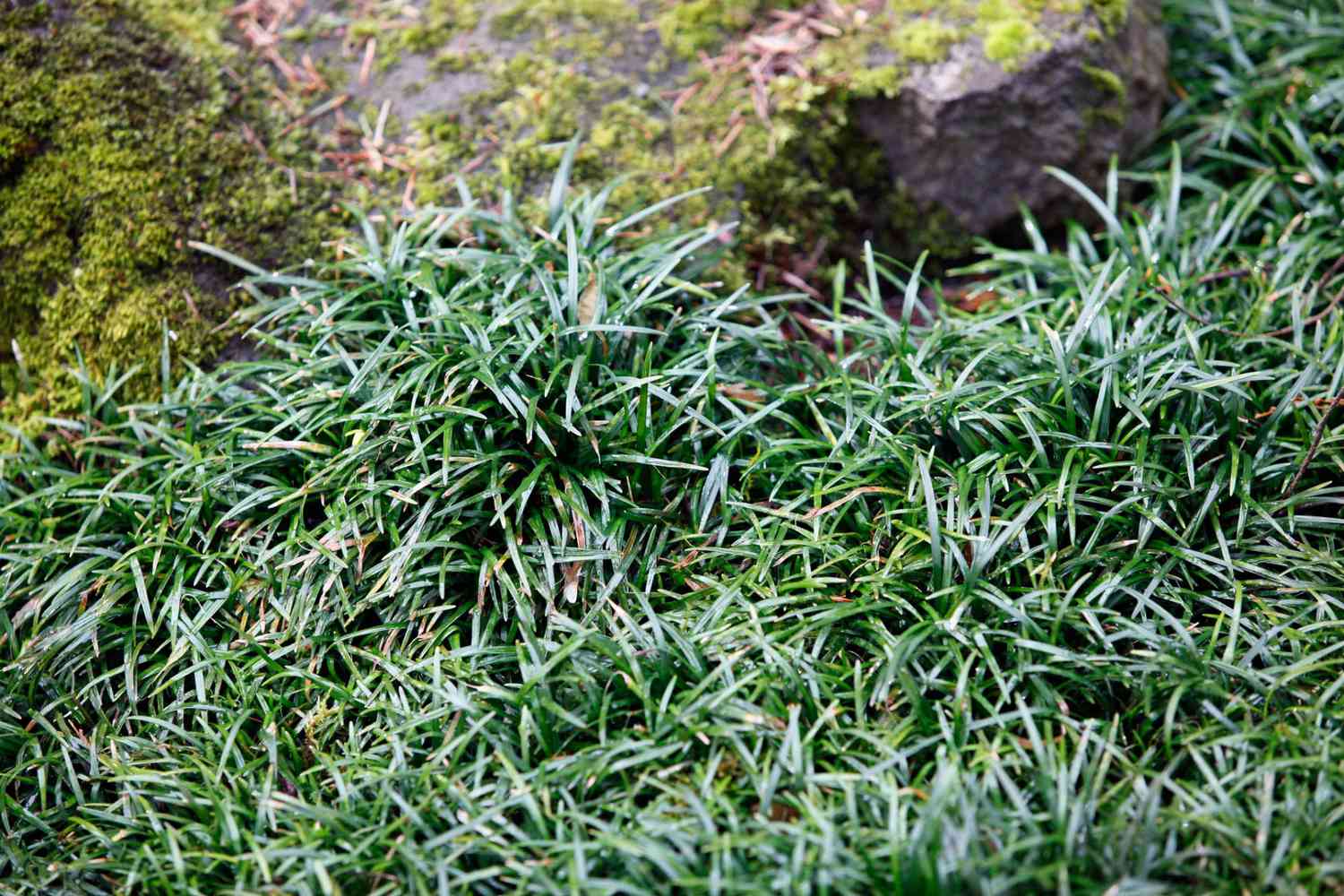

0 thoughts on “When To Transplant Monkey Grass”